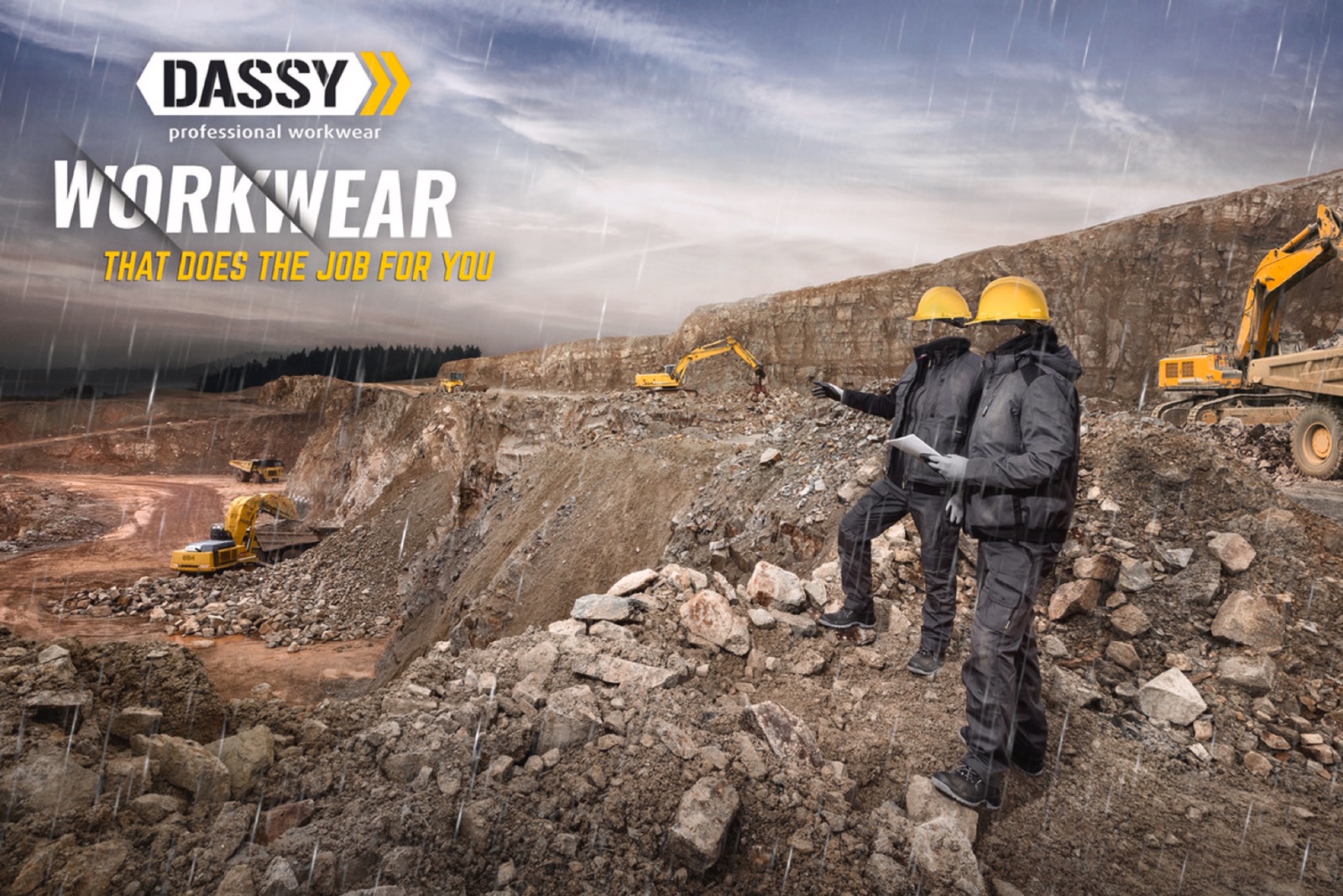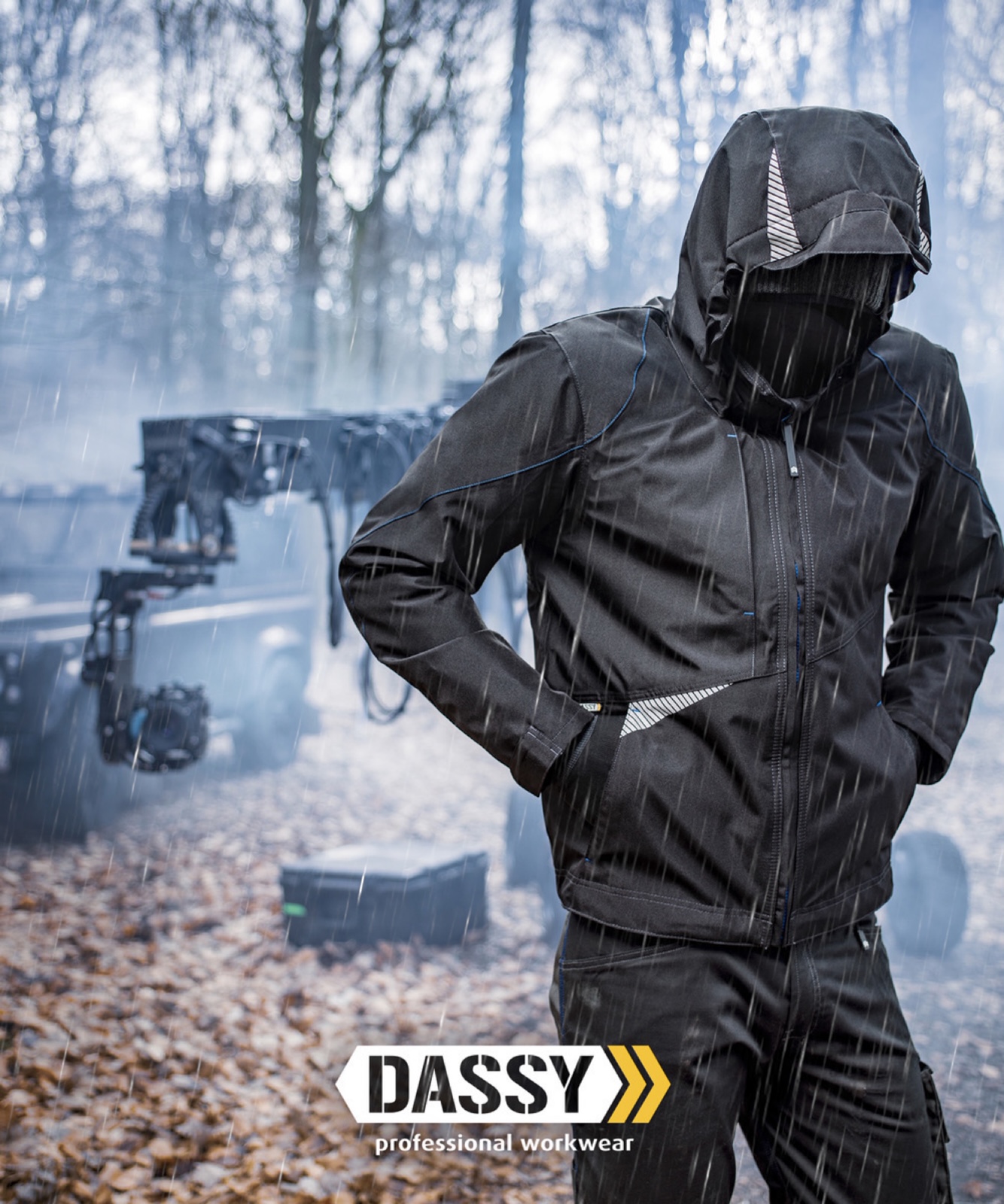SURESAFE EXPLAINS WATERPROOF RATINGS AND BREATHABILITY
We are here to take the confusion out of buying waterproof workwear.
Whether you’re playing in the snow, rambling, or even going to work, outside weather can be unpredictable, especially here in Scotland. Waterproof and breathable fabrics will keep you dry and comfortable - which we can all agree is pretty important in outdoor sports - but what is waterproofing? And what do the numbers really mean?
We give you the lowdown on everything you need to know about waterproofing and breathability.
WHAT DO THEY DO?
Waterproof fabrics are resistant to water penetration. This is typically done using a membrane or a coating that acts as a barrier, preventing moisture from permeating the fabric, keeping you dry and comfortable.
Breathable fabrics allow sweat - in the form of water vapor - to escape from the inside of the fabric to the outside.
Whilst it is common for a fabric to be waterproof and breathable, there are different variations so some fabrics may prioritise certain properties over others. Some fabrics may be more waterproof and some fabrics may be more breathable to cater for the kind of activity that you are trying to do.
WHAT DO THE NUMBERS MEAN?
There are many metrics you can use to measure waterproof and breathability ratings, but as a basic rule of thumb the higher the number is the more waterproof and breathable a fabric will be.
Waterproof ratings are normally measured in millimeters. The number is generated during testing when a 1’ by 1’ tube is placed over the fabric and filled with water. Once the material starts leaking water the height is measured and used to calculate how waterproof it is. So, if the number was 5K/5,000mm, then it would mean the water would have to 5 meters high before it started leaking through!
The most common measure of breathability ratings describe the grams of water that can pass through a square meter of fabric in 24 hours. If we use the 5K/5,000g example that would be 5,000 grams of water that can pass through over 24 hours. Again, the higher the number the more breathable a fabric is.
SO SHOULD I JUST GO FOR THE HIGHEST RATING?
Not necessarily. The waterproof and breathability ratings you need will depend on the conditions and the activity that you are doing. For instance, if you are mainly a piste skier in dry conditions you can get away with a lower waterproof rating whereas if you are a back-country skier in wet conditions you will need a high waterproof rating so you’re not soaked from snow, and high breathability rating so you are not drenched in sweat.
Generally, a minimum of 5,000mm is good for both skiing and snowboarding in cold but clear conditions, especially if you enjoy taking regular breaks. 5-10,000mm is ideal for those who spend long days out on the mountain, in all weather conditions; while 10-20,000mm is best for those in wetter climates or skiers and snowboarders who prefer backcountry.
| Waterproof Rating (mm) |
Level of Waterproof Resistance |
| 0 - 5,000 |
No resistance/Little resistance |
| 6,000 - 10,000 |
Some resistance |
| 11,000 - 15,000 |
Normal resistance |
| 16,000 - 20,000 |
High resistance |
| 20,000 + |
Highest resistance |
CAN OUTWEAR BE FULLY WATERPROOF?
Although fabrics can be fully waterproof, such as rubber and wax, outwear for active sports will usually be varying degrees of water-resistant, as with enough water, wear, and pressure, it will eventually leak.
It is important active outerwear retains an element of breathability, otherwise, you’ll keep the water out but soon be wet from your own perspiration. As a result, most outwear balances protection with breathability.

Waterproof fabrics have two or three layers: an outer layer, a membrane and a tri-coat mesh.
-
The Outer Layer: Also known as a ‘face fabric’, this is made of nylon or polyester. Its main roles are to provide initial protection from the elements and look stylish. It is normally treated with DWR so it is water resistant. This is not the same as waterproof, think of it as the first line of defence against water as it will help prevent fabric saturation.
-
The Membrane: This is where the magic happens. These are typically made of Teflon (ePTFE), which have small holes that stop water getting in but allow water vapor out. ePTFE membranes can become less effective at keeping out water if they are contaminated by oil or sweat so now they are coated with a Polyurethane (PU) membrane or another oleophobic coating.
-
Inner layer: Finally, the 2-layer laminate (outer layer + membrane) is bound to a mesh. The mesh increases the breathability of the fabric and protects the membrane. Mesh can be used impacts the classification of the fabric, 2-layer fabrics will have a mesh or loose fabric lining whereas 3-layer fabrics will have a more lightweight mesh. The main difference is in its breathability, fit and price. 2-layers are bulkier and less breathable but cheaper. 3 layers tend to be more durable and breathable but are more expensive.
Sitting alongside their waterproof and breathability ratings, these fabrics are also typically classed in layers; either 2 layer, 2.5 layer, or 3 layer, often abbreviated to L.
-
2 LAYER: This will have a face fabric bonded to the waterproof/breathable laminate with a hanging liner to protect the membrane. The hanging liner isn’t glued or bonded to the membrane meaning it has a looser fit and can be a bit bulky. As there are only two layers it is very flexible and comfortable. It is also cheapest out of the waterproof constructions but this does mean you will compromise on breathability, durability and protection.
-
2.5 LAYER: Like the 2-layer it will have a face fabric and a waterproof/breathable membrane but will have a partially bonded inner liner. This is the most lightweight option and is cheaper than the 3-layer, but it won’t be as breathable or durable.
-
3 LAYER: This has all the layers, outer layer, membrane and a fully bonded inner layer. The membrane is fully sandwiched so it is completely protected, meaning it will last longer and provide more protection. As it is more durable they tend to more expensive and the 3-layer construction means it is bulkier. This is the most advanced construction offering a protective, lightweigh, durable and most importantly breathable fabric. It is, however, more expensive.

THINGS TO LOOK OUT FOR
- Seam sealing: When clothes are sewn together the needle makes tiny holes, which water could leak through. To stop this from happening the seams are “taped over” with waterproof tape. They can either be fully or critically taped, so all the seams are taped or just the most exposed areas.
- DWR: Durable Water Repellent is usually applied to exterior fabrics for extra waterproofing. It may become less effective over time but it is still a useful feature to look for as it provides you with an extra level of protection.
- Fabric care: Different membranes have different care instructions. Some membranes like GORE-TEX have easier care instructions, whereas others have more complicated care procedures to maintain the waterproofing.
- Brand: There are many kinds of membranes, from GORE-TEX to eVent to brand specific membranes by Marmot, North Face and Mountain Hardwear. These different membranes will be better for different things and have different testing standards. Generally, whilst both are waterproof and breathable GORE-TEX is warmer and easier to care for, whilst eVent is more breathable but will require more reproofing/maintenance.
Depending on the conditions, activity and personal preference the right waterproof jacket for you will vary.
If you need a good all-season all-rounder for activities like walking then a softshell will serve you well. Bridging the gap between fleeces and waterproof jackets (or hardshells) softshells offer water resistance, breathability and warmth at a fraction of the wright. Whether you need a lightweight outer layer or a breathable mid-layer softshells are the perfect in-between for your outdoor adventures.
If you are going to be outside in more extreme conditions, for instance, longer and more exposed hikes, then a hardshell with increased waterproof capabilities is your best bet. This will use a 3-layer construction with a durable face fabric that will be very resilient in a wide range of conditions.


